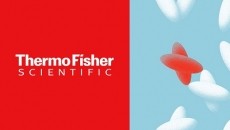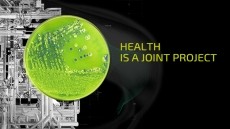June launch for Corona CAD in Europe
performance liquid chromatography (HPLC), based on a technology
called CAD (charged aserosol detector), in Europe at the HPLC 2005
exhibition in Stockholm in June.
The Corona CAD (pictured) was first introduced in the US last year, and won a silver award at ths year's Pittcon exhibition. It can be used as a universal detector in HPLC experiments, in contrast to other readouts such as refractive index (RI), low wavelength (UV), evaporative light scattering (ELS) and chemiluminescent nitrogen detection (CLND).
"Other, so-called universal detectors have fallen short of the promise of combining application versatility with real performance," according to ESA. In contrast, it says, CAD is a genuinely new HPLC detection technology that typically provides 10 times the sensitivity of ELS, more consistent response factors than LC-MS, UV, or ELS, and the gradient performance missing from RI.
Using CAD, the HPLC column eluent is first nebulised with nitrogen and the droplets are dried to remove mobile phase, producing analyte particles. A secondary stream of nitrogen becomes positively charged as it passes a high-voltage, platinum corona wire. This charge transfers to the opposing stream of analyte particles. The charge is transferred to a collector where it is measured by a highly sensitive electrometer, generating a signal in direct proportion to the quantity of analyte present.
"CAD represents a significant new universal detection option for HPLC that not only exceeds the capabilities of current options, but also can push the boundaries of universal detection into areas where current methods are not able to perform," said the company.
The technology is suitable for detecting virtually any non- or semi-volatile compound, including: drug compounds, drug scaffolds, carbohydrates, lipids, steroids, peptides, proteins and polymers. The detector installs with any HPLC system, says ESA, and takes up minimal bench space due to its small footprint.















